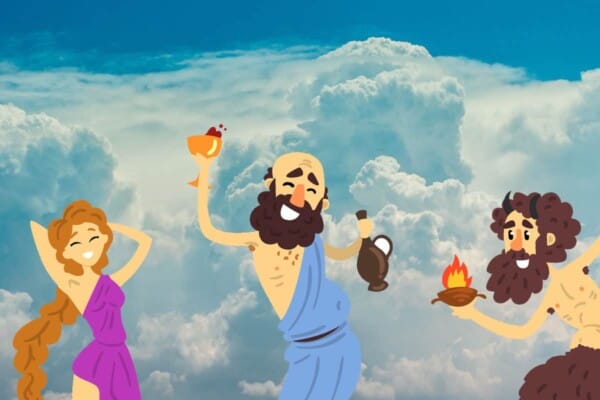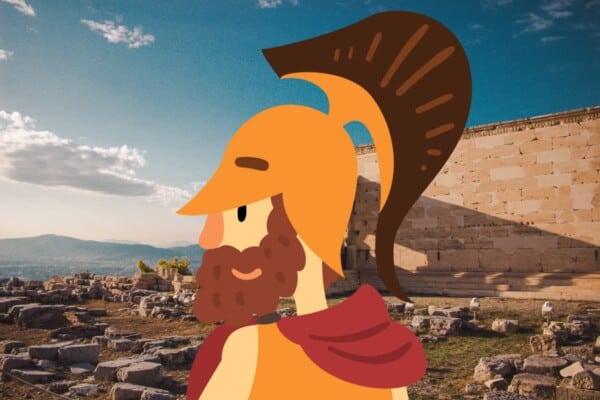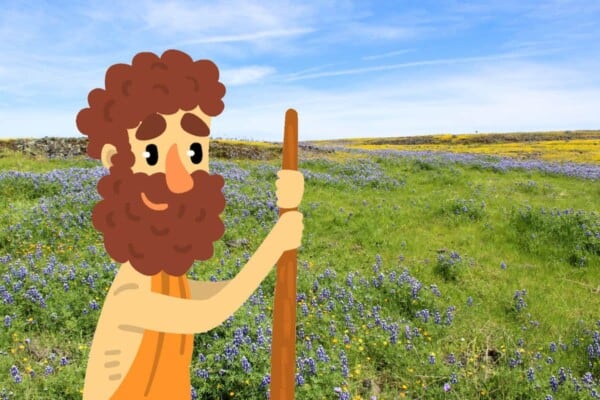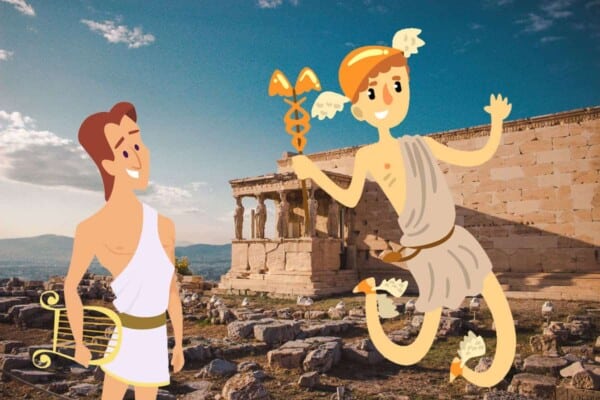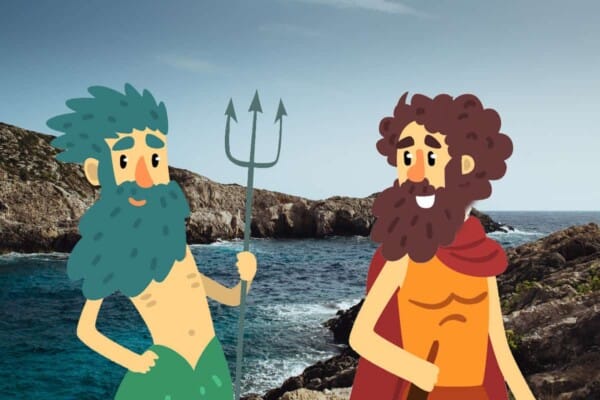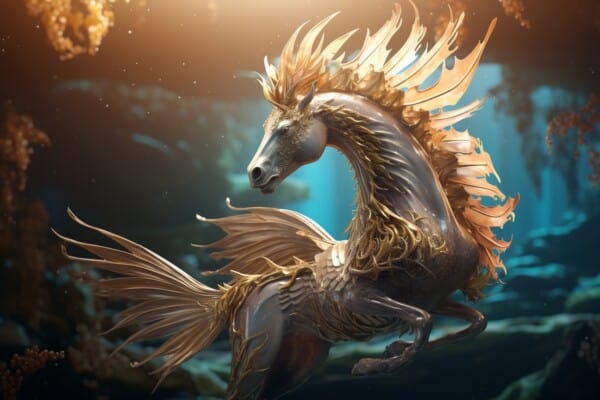Some mythologies do not give Aphrodite a traditional parentage. Instead she is conceived in an unusual fashion. If not by sex then, how did the goddess of sex, love, desire come to be?
There are several versions of Aphrodite’s birth myth but the two most widely accepted versions come from Hesiod’s Theogony and Homer’s Iliad. Hesiod’s Theogony has the goddess of love being born from an act of violence. When Zeus castrated his father Uranus, he tossed his genitals into the ocean creating sea foam. Aphrodite emerged from the foam and landed in Cyprus. In Homer’s version of the myth Aphrodite is the daughter of Zeus and the Titian, Dione.
A more detailed investigation into Aphrodite’s birth begins with the Mesopotamian Aphrodite being adopted into Greek canon and follows her journey into Cyprus.
1. Ishtar
Before Aphrodite was inspiring Sapphic poetry in Greece, she was a Queen of Heaven in Mesopotamia. Inanna was a Sumerian goddess of war. love and political power worshiped at least as far back as 3000 BC. She was adopted by Assyrians and the Babylonians as Ishtar and her cult spread across the Middle East. When Achaeans colonized Cyprus around 1210 to 1000 BC they brought Astarte (Ishtar) with them.
The Greeks readily accepted her into their pantheon as Aphrodite. Circumstantial evidence to support this theory exists in the migration of people who worshiped Inanna/Ishtar/Astarte as well as in several epithets that hint at her earlier mythology, including the shared epithet Urania. The story of Adonis appears to be an early story attributed to Aphrodite and there is a body of evidence to suggest that he may have evolved from Inanna/Ishtar’s mortal lover Dumuzid/Tammuz.
The archeological evidence for this theory is too numerous to include but of particular interest is a seventh century terracotta figurine found in Perachora depicting a very Mesopotamian style bearded Aphrodite, trait very often attributed to Ishtar, as well as Aphrodite’s early treatment as a warrior goddess in statues and artwork.
2. Hesiod
Hesiod’s work is predated by Homer’s Iliad but it is based in Mycenaean tradition whereas Homer invents his own origins, as such it makes sense to drive into Theogony first. Theogony ties Aphrodite’s origin as the goddess Ishtar to the Greek Mythological cannon by allowing the goddess to come to Cyprus by way the Aegean Sea representing her migration from the Middle East while also linking her to the events preceding the titanomachy.
It also serves as a convenient way for Hesiod to explain Aphrodite’s Urania epithet by transforming the epithet connotations from ‘heavenly’ to ‘daughter of Uranus’. It is possible that this myth existed prior to Hesiod’s writings and that Hesiod may have been simply recording an early local variation of Aphrodite’s origin. Remember that seventh century terracotta figure of bearded Aphrodite? It depicts Aphrodite emerging from a set severed genitals suggesting some variant of this myth may have been around before Hesiod.
3. Homer
Homer’s Iliad strays from the birth from the ‘birthed from sea’ narrative assigning Zeus and Dione as parents to the love goddess. It is unlikely that Homer was drawing upon previous myths when assigning this parentage, if the lack of archeological evidence is anything to go by. However the Ilaid’s telling of Aphrodite’s origin begets a persistent literary tradition in ancient Greece.
Her connection to Zeus gives Aphrodite a strong link to the Olympians and allows her to enjoy a prominent position within the pantheon while her connection to Dione allows her to retain aspects of her aquatic heritage as well as linking her to fertility without transforming her into an earth goddess. Dione was a goddess of fertility through rain rather than earth and her own parentage was often linked to ocean or sea gods.


